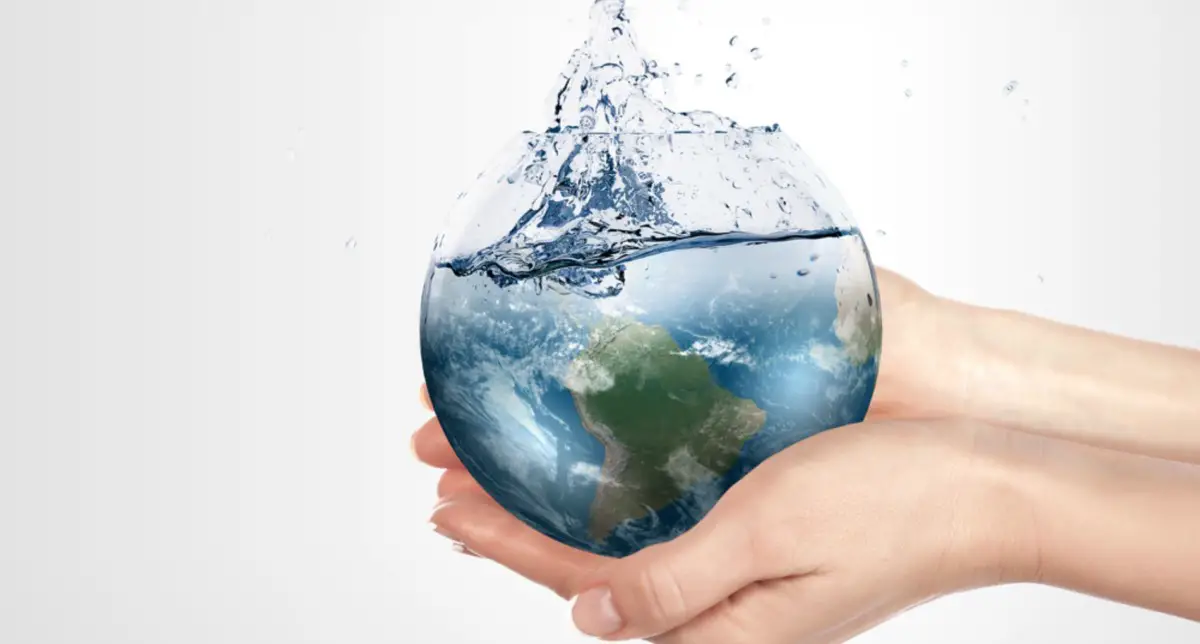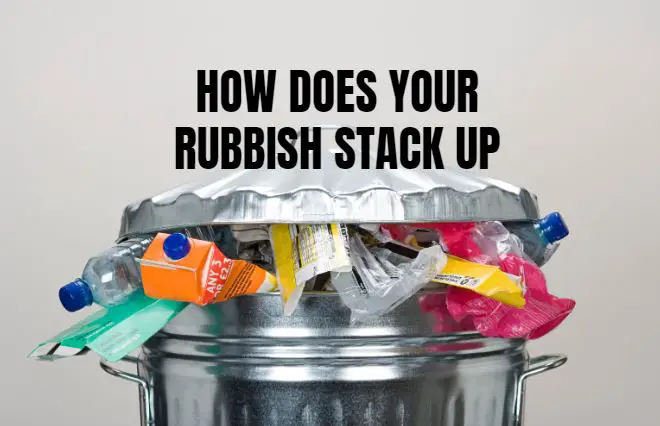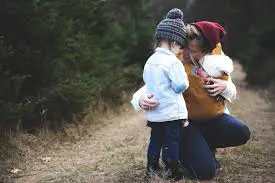
So many of us see water flowing freely and easily through our taps where and when we want it, and so take it for granted. So it’s astounding to discover that only 0.4% of the Earth’s water is usable and drinkable and that it must be shared among 7 billion inhabitants (to say nothing of the animals, trees and other lifeforms).
Mark Sheperd in his recent book “Water for every Farm” says As far as we know, water is the most essential element for life. Although we as human beings would die without oxygen, life as we know it cannot exist without water.
Water is such a precious resource. An atmosphere is secondary to in its importance to water. Evidenced by our seemingly insatiable need to find it on other planets. Most people take a plentiful supply of clean water for granted in the developed world at least. In recent years droughts and a less than efficient capture and distribution infrastructure have led to water restrictions in many areas of Australia and worldwide. Combined with rising costs and pollution water that is clean and safe to drink is now in shorter supply than it should be. It’s critical that we think about how much we use, and try to limit our consumption of it. By incorporating small reminders into our lives, we can stay conscious to how much we’re using, and take steps to reduce our usage.

A really simple way to keep track of major water use is to get yourself a shower timer: a two-minute one is good. Showering uses between eight and 20 litres a minute, so cutting down on shower minutes is a great way to conserve water. It also gets us thinking about water use, more widely. Better yet change out your shower head for a low water use one and put a bucket in to catch the warm-up water. This can then be used on trees and plants without fear of waste.
To see how much water your household uses in one day, read your meter (if you have one) at, say, 8 am, and then read it at the same time the next day. The average person in Sydney, Australia uses 295 litres of water a day in their home and garden (even more if we count the water that goes into producing the food and stuff that we buy). That is way too much. Our household has been living in the grips of severe drought now for 3 years. We use on average less than 60 litres per person per day.
Apply self-regulation by cutting down on your household water use. This can be as simple as not pre-rinsing your dirty dishes, reuse every drop of water at least once, use design principles to improve your gardens to use less water, install a tank to collect rainwater, limit the flow by not turning taps full on. Our garden is vast as we live on acreage and it is simply not possible to have hoses reaching in all directions. We set up a water wagon with a small cheap 3L per minute pump to take water to were it is needed. This allows us to collect water from various roof installations and then move it to were it is needed.

Not everyone can install big tanks. They can be expensive and often don’t fit with local regulations but anyone can set up a small water wagon like this. It’s simple and effective.
Consider setting a goal for your family. Check out water-saving tips in the resources below.
Reading my Water Meter, Yarra Valley Water – simple explanation
Save Water, Water Corporation – ways to save this precious resource
Water Use and Conservation, Sydney Water – on water meters, water use and how to conserve it
What is the Percentage of Drinkable Water on Earth?, in Water Crisis by Jeremiah Castelo, World Water Reserve – a fascinating look into water reserves on earth, plus articles on aquaponics, pumps, storage, rainwater etc.
These lesson plans, activities and background information for primary and middle years support the Australian Curriculum. Waterwise toolkits.
If you’re considering a greywater system, there will be more on Re-using greywater at home in future newsletters.



